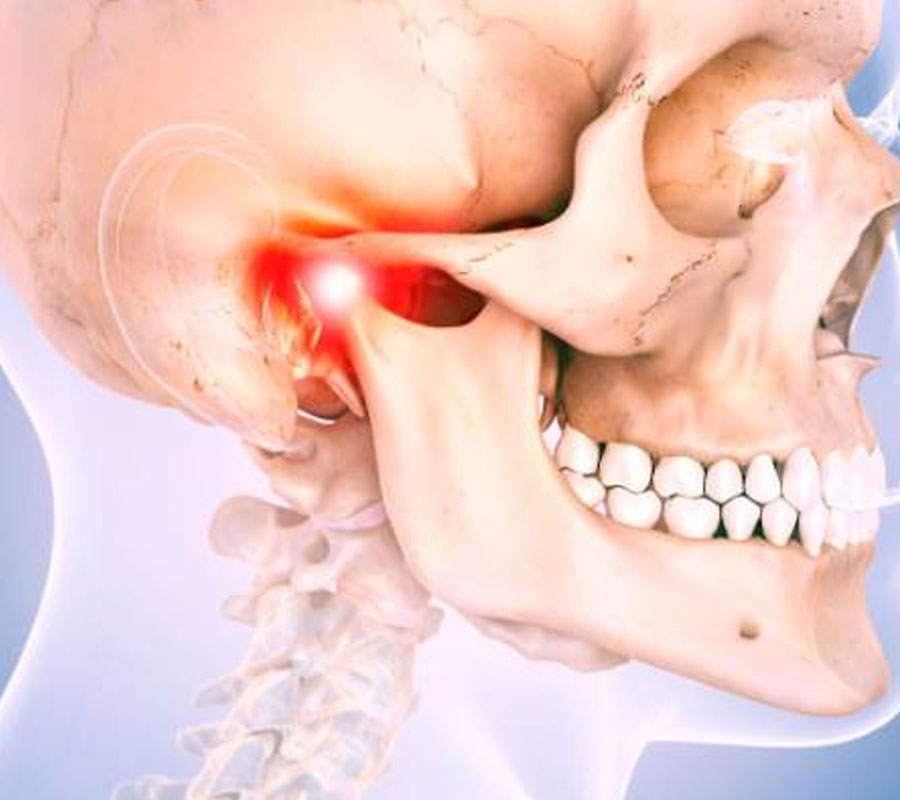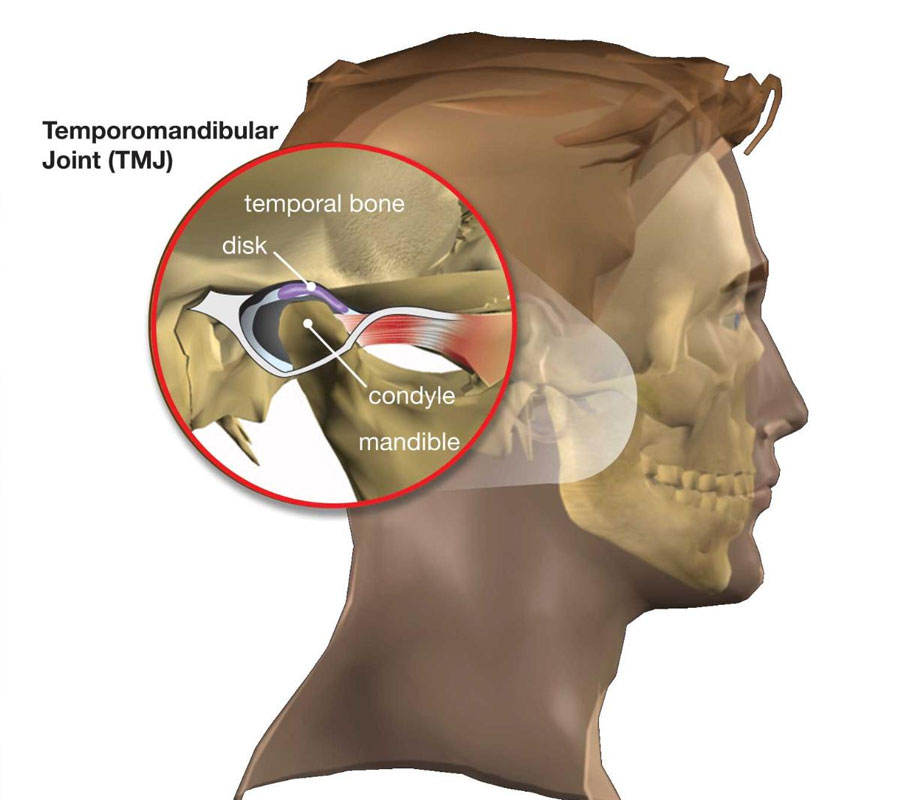Temporo mandibular joint (TMJ) condition is the turmoil of the jaw muscles and nerves brought about by injury or aggravation to the temporo mandibular joint. The temporo mandibular joint is the association between the jawbone and the skull. The injured or harmful temporo mandibular joint creates pain while biting, clicking, and snapping of the jaw; growing on the sides of the face; nerve irritation; cerebral pains, including headaches; tooth granulating (bruxism); Eustachian tube brokenness; and once in a while separation of the temporo mandibular joint. The temporo mandibular joint condition is otherwise called temporo mandibular joint issue.
Causes of TMJ disorder:
Medical experts do not totally comprehend the reasons for TMD. Numerous variables add to the muscle snugness and dysfunction that prompts this condition. It isn’t sure whether a portion of these causes leads to TMJ disorder or if they are a consequence of the disorder. Causes may incorporate the following:
- Misalignment (malocclusion) of or injury to the teeth or jaw,
- Teeth pounding (bruxism)
- Improper Posture
- Stress or nervousness
- Arthritis and other inflammatory musculoskeletal issues
- Orthodontic brackets and braces
- Or chewing excessive gum


